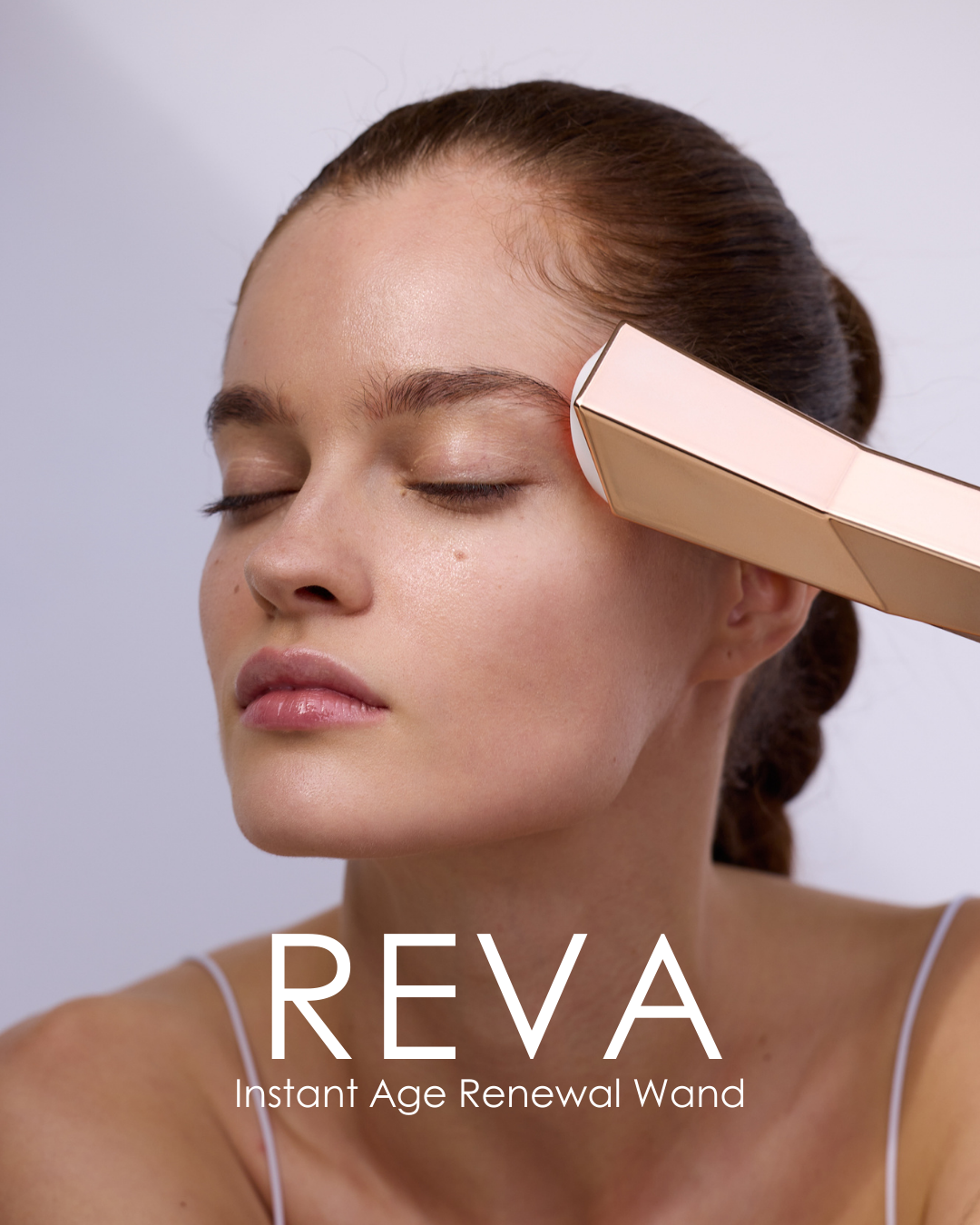
Get permanent hair removal IPL results from the comfort of your home!
IN THIS ARTICLE:
- 01 What is, and how does IPL hair removal work?
- 02 A discussion on the two types of permanent hair reduction
- 03 Making an FDA Approved choice- the SmoothPro+ IPL Hair Removal Device
It seems as though we all have a never-ending list of things to do in our daily lives, where we may find it difficult to work on ourselves and take care of our bodies. Shaving and waxing unwanted hair is definitely on the list but is quite time-consuming, leaving little time for everything else.
What is, and how does IPL hair removal work?
The question you should ask yourself is, what if we can remove this step from our daily routines and opt for the more efficient and time-preserving option of IPL hair removal? Don’t worry, we have an answer for you! IPL stands for “intense pulsed light” and it works by emitting multiple wavelengths that target the melanin pigments of the hair follicles. The light and heat of the wave damage the follicle such that it no longer grows, eventually falling out.
IPL’s light waves disperse across the skin and provide a wide area for treatment. Because of this, every treatment session runs quite fast, usually taking up to 20 minutes depending on the area you are treating. Nevertheless, you will need a number of treatment sessions to see results, as well as maintenance treatments over time. Additionally, most IPL devices aren't suitable for all skin tones and hair color combinations, so you should always check before purchasing if you're suitable for IPL treatments.
A discussion on the two types of permanent hair reduction
There are two main technologies with regard to permanent hair removal, IPL and Laser. Both of these methods are similar in that they use light energy to interrupt the growth cycle of your hair follicles. But the two are different when it comes to the technology.
Laser treatments use a single wavelength whereas IPL hair removal emits a broad-spectrum of wavelengths. As a result, a laser treatment session can last anywhere between 15 minutes to an hour, which is significantly longer than the IPL session. But the IPL isn't as powerful laser, so you many need to complete more top-up treatments.
Plus, if you are looking for comfort, IPL hair removal is the best option for you. You can use FDA cleared IPL devices at home and receive the same salon-level result. Also, the technology can provide several skin benefits – it can reduce fine lines, improve tone and texture, and improve discoloration. The treatment is very gentle, making this type of technology very popular. Better yet, IPL requires no downtime.
Making an FDA Approved choice- the SmoothPro+ IPL Hair Removal Device
With new technologies, it is always important to make a smart choice, especially if you use the product on yourself. The SmoothPro+ IPL Hair Removal Device is FDA cleared and has a “super long” lifespan; it offers 300,000 flashes per lamp which are enough for long-term use. After 12 weeks, you will get smooth and hairless skin.
The device has 5 adjustable energy levels, where the highest setting has the largest effect on hair removal, while the lowest setting is more appropriate for sensitive areas of the skin. This FDA approved device also comes equipped with a smart skin sensor. You do not have to worry about choosing skin tone settings as the device automatically detects for you. So, make use of the last few summer days, by embracing the hair-free look in cute summer dresses!

written by Olivia Khader
Reference:
Kimel S, Svaasand LO, et al. Differential vascular response to laser photothermolysis. J Invest Dermatol. 1994;103:693–700.
Schroeter CA, Neumann HAM. An intense light source: the Photoderm VL flashlamp as a new treatment possibility for vascular skin lesions. Dermatol Surg. 1998;24:743–748.
Raulin C, Raulin SJ, et al. Treatment of benign venous malformations with an intense pulsed light source (PhotoDermTVL) Eur J Dermatol. 1997;7:279–282.
Raulin C, Careen A, et al. Treatment of port-wine stains with a noncoherent pulsed light source: a retrospective study. Arch Dermatol. 1999;135:679–683.















Leave a comment
This site is protected by hCaptcha and the hCaptcha Privacy Policy and Terms of Service apply.